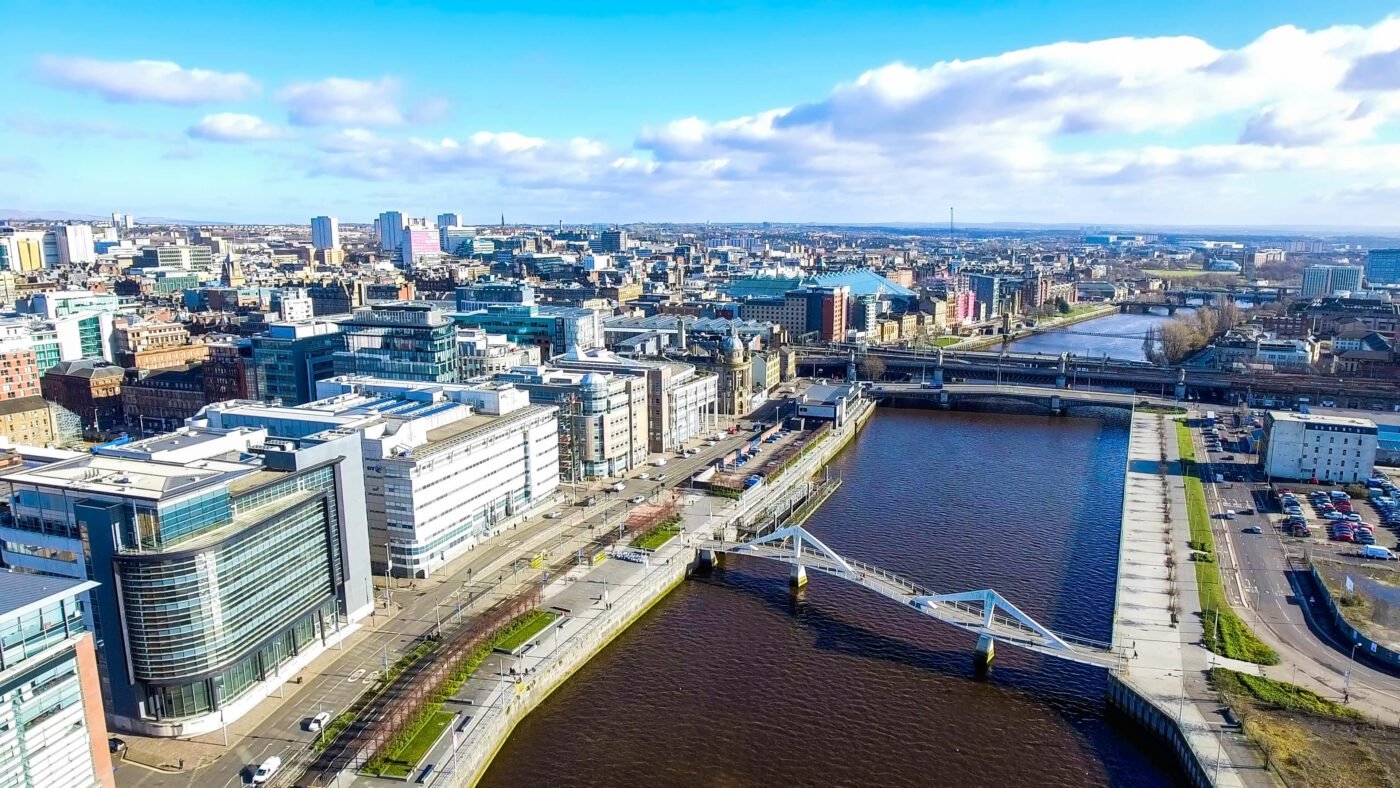The Scottish construction industry is growing rapidly. A 2021 study from the Construction Industry Training Board (CITB) revealed that the industry was expected to grow by an annual average rate of 4.1% and to recover to pre-pandemic growth levels by 2023. The annual average output growth of the private housing sector was expected to be around 6.3%.
With the country’s growing private housing sector in mind, it is time to take a closer look at the regulations governing balconies on high-rise buildings in Scotland. Read on to learn more.
Scottish Building Standards
The building regulations in Scotland – also known as the Scottish Building Standards – are made by Scottish Ministers to ensure that all construction work carried out is safe, energy efficient and sustainable.
The complete list of standards can be found in the Building Standards Technical Handbook 2022: Domestic, available on the Scottish government’s website. Here are the standards applicable to balconies and external facades in Scotland:
0.8 Durability, workmanship and fitness of materials
Regulation 8
6. In this regulation —
“highly combustible metal composite material” means any panel or sheet, having a thickness of no more than 10mm, which consists of a number of layers, two or more of which are made of metal, alloy, or metal compound and one or more substantial layer of which is made of material having a gross calorific value of more than 35 MJ/kg when tested in accordance with BS EN ISO 1716:2018 entitled “Reaction to fire tests for products – Determination of the gross heat of combustion (calorific value)” published by the British Standards Institution;
“relevant building” means a building having a storey, or creating a storey (not including roof-top plant areas or any storey consisting exclusively of plant rooms) at a height of 11 metres or more above the ground and which contains –
a. a dwelling
b. a building used as a place of assembly, or as a place of entertainment or recreation
c. a hospital
d. a residential care building or sheltered housing complex
e. a shared multi-occupancy residential building.
“specified attachment” means –
a. a balcony
b. solar shading
c. a solar panel,
attached to an external wall.
“substantial layer” means a layer is one which is at least 1mm thick or has a mass per unit area of at least 1 kg per m².
Scottish Advice Note
Additionally, in August 2021 a Scottish Advice Note (SAN) was also released on ‘Determining the fire risk posed by external wall systems in existing multi-storey residential buildings’.
This states that the design and construction of balconies should be such that they do not facilitate the spread of fire over the external wall of buildings to an extent that causes harm to life. It also says that for buildings over the height of 11 m above the ground, balconies must be constructed using products that have achieved European Classification A1 or A2. This has been defined due to the increasing cases of balcony fires in the country.
The SAN also states that since the severity of balcony fires can be increased by combustible materials, building owners could have policies on balcony usage and storage. They should also review these to take account of the findings of the fire safety risk assessment and engage with residents to explain the importance of fire safety on balconies.
Additionally, the materials used in the construction of balconies also need to be taken into consideration and the risk of external fire spread must be identified. Certain insulation materials used to prevent heat loss could increase the spread of fire and pose a significant risk to life.
MyDek’s Non-combustible Decking Systems
At MyDek, we offer a range of non-combustible aluminium and composite decking options. Designed for the specific purpose and therefore perfect for any balcony or terrace, they are A rated for compliance with the Scottish Building Standards and the SAN.
Reach out to our team for more information or to request your samples below.

